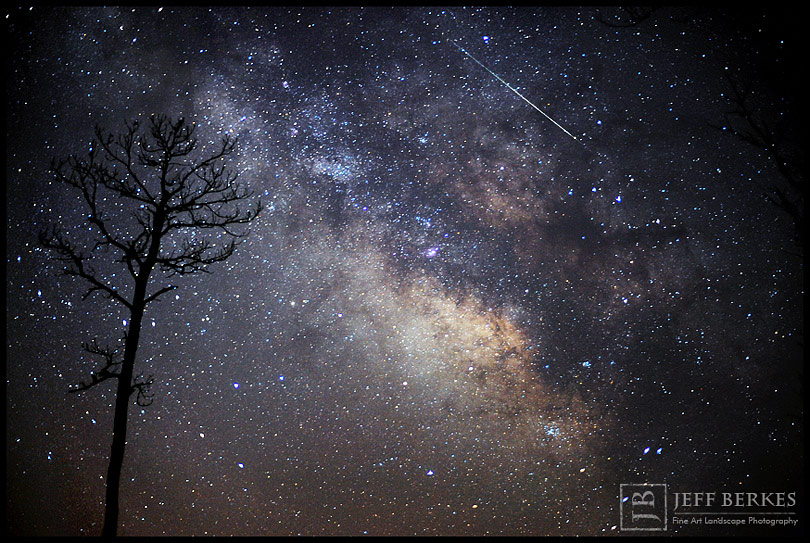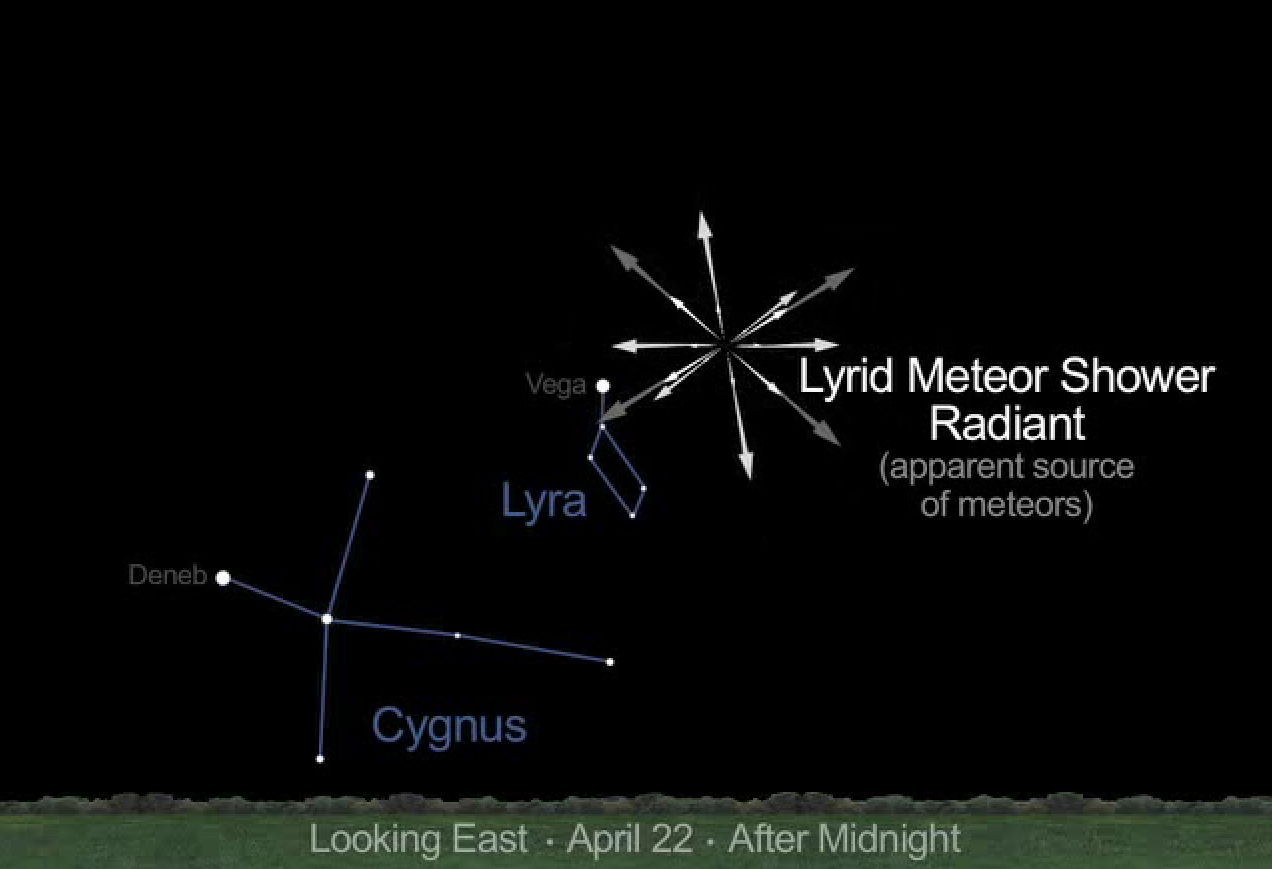NASA to Webcast Lyrid Meteor Shower Tonight: Watch It Live

Editor's Note: NASA's Lyrid meteor shower webcast has ended. Check out photos of the celestial display by stargazers here: Amazing Lyrid Meteor Shower Photos for 2013
The annual Lyrid meteor shower may have peaked overnight on Sunday and Monday, but if you missed the celestial fireworks show don't fret. NASA's got you covered.
Scientists at NASA's Marshall Space Flight Center (MSFC) in Huntsville, Ala., will broadcast live images of the Lyrid meteor shower tonight and early Tuesday (April 22 and 23) for stargazers stuck with bad weather or light-polluted night skies.
The NASA broadcast will begin at 8:30 p.m. EDT (0030 April 23) and run throughout the evening. You can watch the Lyrid meteor shower webcast on SPACE.com courtesy of NASA's MSFC feed.
"If you'd like to catch a last look at 2013 Lyrid meteor shower, this is your chance!" MSFC officials said in an announcement today. "Although a bright moon may interfere with viewing, you should still be able to see Lyrid meteors at an anticipated rate of 10-20 meteors per hour."
This year, the Lyrid meteor display runs from April 16 through April 26, though it peaked overnight on April 21 and 22. Because the moon is bright in the evening sky, the best time to look for the Lyrids is in the wee morning hours before dawn, after the moon has set but before the sun rises.
The Lyrid meteor shower occurs each year in mid-April when the Earth passes through a dusty lane of debris left over from Comet Thatcher, which is also known as C/1861 G1 Thatcher. The comet orbits the sun once every 415 years. The Lyrids are created when the comet's dust streaks through Earth's atmosphere at speeds of up to 110,000 mph (177,027 kph).
Breaking space news, the latest updates on rocket launches, skywatching events and more!
The Lyrids get their name because they appear to radiate out of the constellation Lyra. Humans have been observing the "shooting stars" display for more than 2,600 years, NASA scientists have said.
Editor's note: If you snap a great photo Lyrid meteor shower that you'd like to share for a possible story or image gallery, send photos, comments and your name and location to managing editor Tariq Malik at spacephotos@space.com.
Email Tariq Malik at tmalik@space.com or follow him @tariqjmalik and Google+. Follow us @Spacedotcom, Facebook and Google+. Original article on SPACE.com.

Tariq is the award-winning Editor-in-Chief of Space.com and joined the team in 2001. He covers human spaceflight, as well as skywatching and entertainment. He became Space.com's Editor-in-Chief in 2019. Before joining Space.com, Tariq was a staff reporter for The Los Angeles Times covering education and city beats in La Habra, Fullerton and Huntington Beach. He's a recipient of the 2022 Harry Kolcum Award for excellence in space reporting and the 2025 Space Pioneer Award from the National Space Society. He is an Eagle Scout and Space Camp alum with journalism degrees from the USC and NYU. You can find Tariq at Space.com and as the co-host to the This Week In Space podcast on the TWiT network. To see his latest project, you can follow Tariq on Twitter @tariqjmalik.

